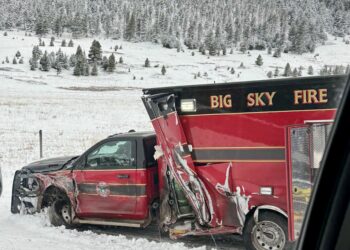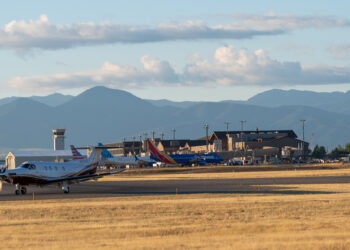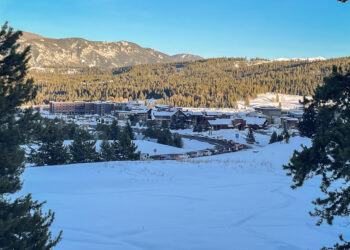While forecasting techniques and opinions vary, there’s a common thread of above average snowfall in the Rockies.
By Mario Carr EBS CONTRIBUTOR
A warm, dry 2023-24 ski season in Big Sky, with snowfall that came late has the skiers of southwest Montana craving a long, cold and snowy winter. Forecasters use different methods to analyze the data in order to make a long range weather prediction. One formula in this article has been generated in recent history in hopes of predicting snowfall at specific ski resorts, another formula is older than the country itself, and aims to provide a general prediction for the whole country.
In order to make a prediction that’s more than just a hunch, Bob Ambrose, Montana and Canadian Rockies forecaster for OpenSnow, compares our current climate conditions with previous winter seasons under similar circumstances: a “weak La Niña” pattern.
“Before we look ahead to Montana’s 2024-2025 winter season forecast, it’s important to remember that any winter outlook will contain an inherent degree of uncertainty,” Ambrose wrote in his 2024-2025 Montana Winter Forecast Preview, published by OpenSnow. Ambrose emphasized the uncertainty of long-range forecasting in an interview with EBS.
However, accounting for uncertainty, Ambrose’s historical data suggested cautious optimism that 2024-25 could be snowy for Montana ski areas including Bridger Bowl and especially Big Sky Resort. The long-term prediction is based on oceanic temperatures, and correlating snow depths of previous seasons.
As of Oct. 30, sea surface temperatures in the equatorial Pacific Ocean were 0.5 degrees Celsius below average, suggesting the approach of a La Niña winter. If La Niña does emerge this winter, it would follow last year’s El Niño pattern, which indicates those oceanic temperatures were slightly above average. The last time consecutive winters shifted from El Niño to La Niña was just ahead of the 2016-17 winter season.
Since and including the 2000-01 winter season, Ambrose has identified six previous seasons with similar weak La Niña temperatures observed. For Big Sky, Ambrose looked at each year’s March 31 snowpack data at the Lone Mountain SNOTEL—a local weather station that measures snowpack—and found that four out of the six seasons had an above average snowpack. The 2000-01 season, which Ambrose described as “drought plagued,” was the only outlier with a snow water equivalent of just 13.3 inches, or 76% of Lone Mountain’s 30-year average for March 31. The 2016-17 season was slightly below average at 93%, with an SWE of 16.3 inches. The 2005-06, 2008-09, 2017-18 and 2022-23 La Niña winter seasons all had above average snowpacks on March 31, with 2017-2018 coming out on top with a SWE of 24.9 inches: 141% of the 30-year average.
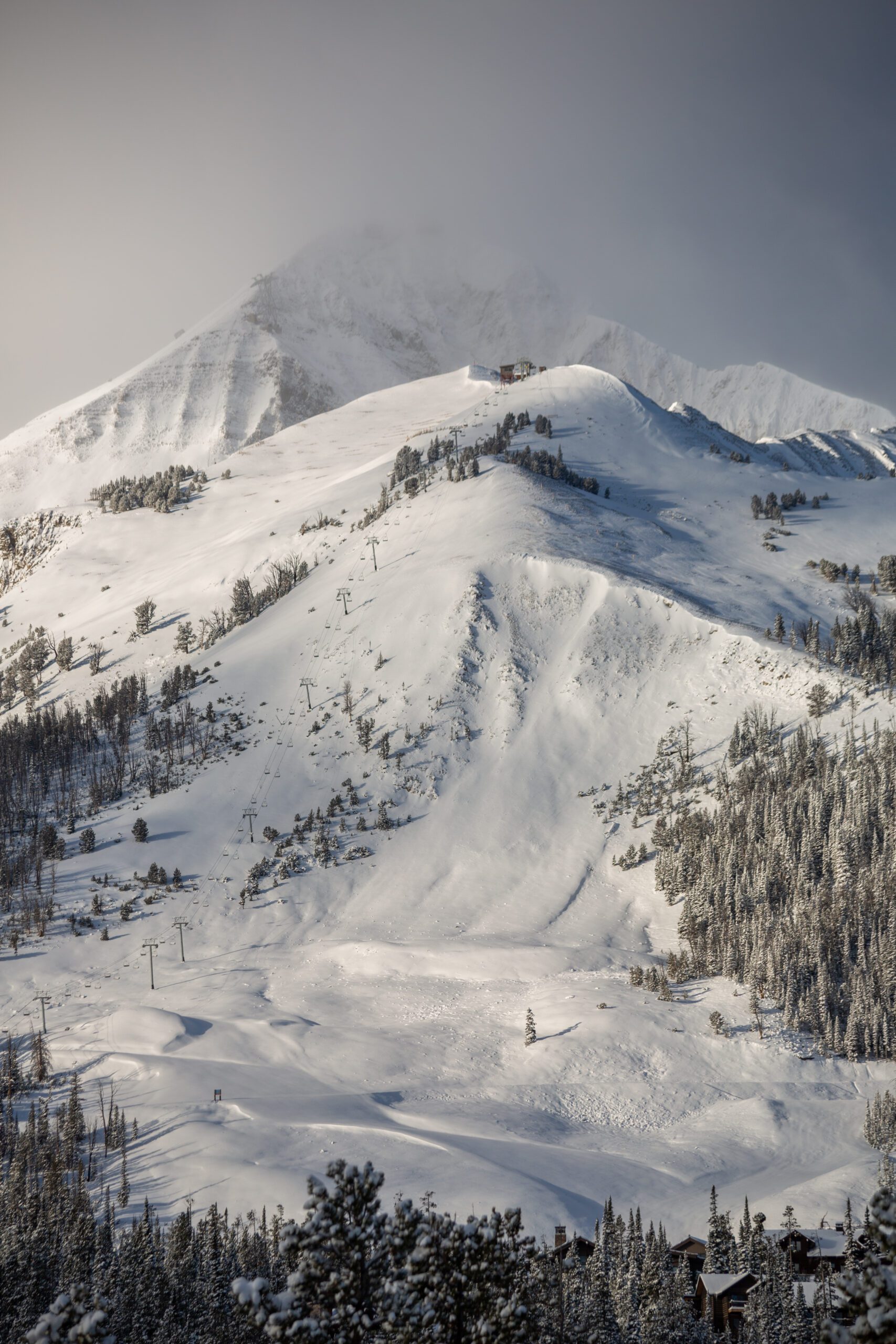
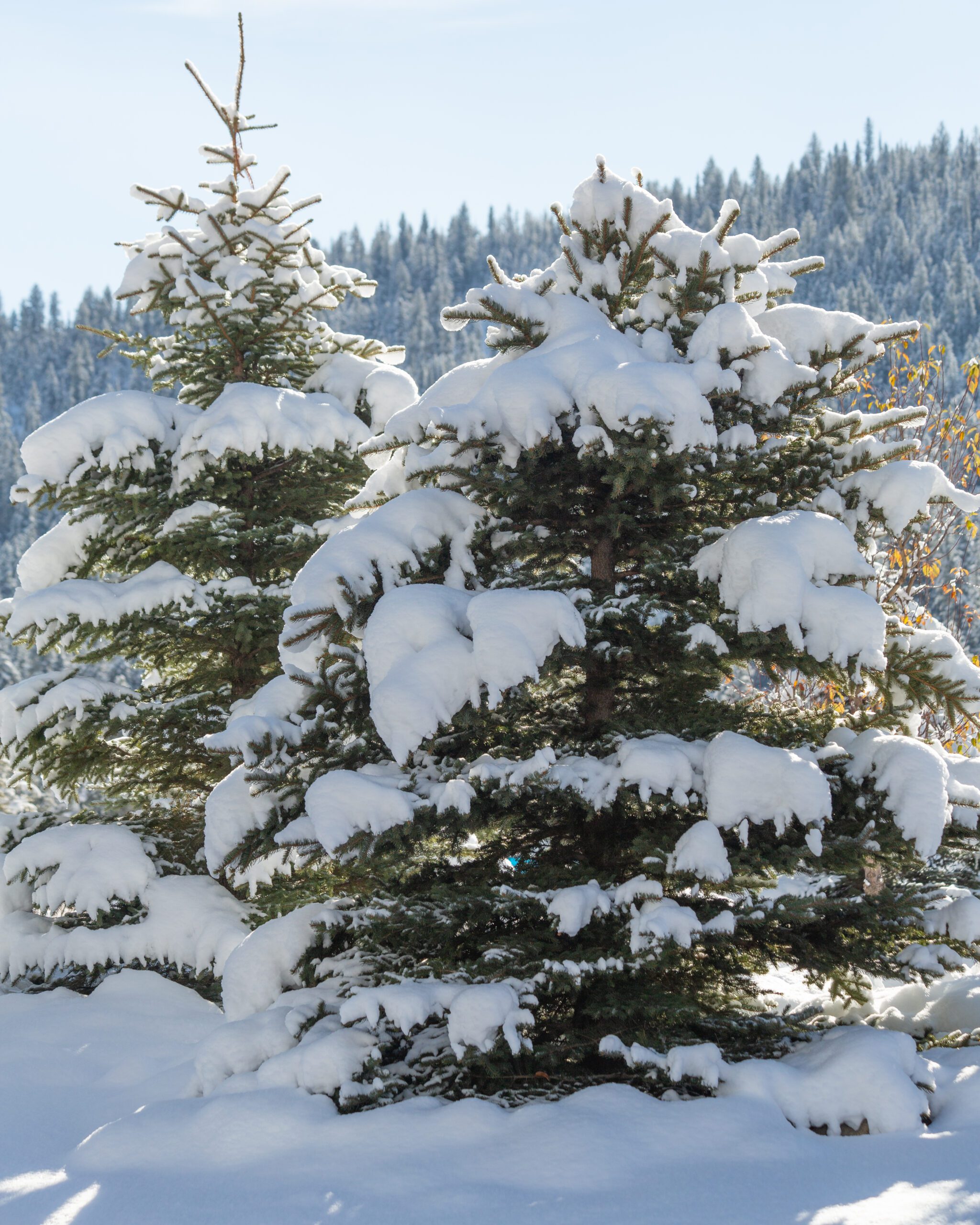
Ambrose compared the same years’ data with other ski areas across Montana, including Whitefish, Snowbowl, Lost Trail, Red Lodge and Bridger Bowl.
“It was the best numbers that I found across the state,” Ambrose said, referring to Big Sky.
El Niño and La Niña winters usually express themselves in different ways across the country. Montana itself possesses a variety of micro climates at its ski resorts, Ambrose explained, with Whitefish, Lost Trail and Snowbowl being west of the Continental divide, and Big Sky, Bridger and Red Lodge lying east of the divide.
“On a typical La Niña year, it’s colder across the northern tier of the country… Normally the east of the divide is colder than areas west of the divide… And generally speaking, the snowpack West of the Divide is deeper than it is east of the divide,” Ambrose said.
While Ambrose said you can always try to find trends in the data, there are many factors at play that can alter the accuracy of a prediction.
“Just a slight difference in the jet-stream can make all the difference in the world,” he said.
Ambrose said one of Big Sky’s greatest weather characteristics is its colder temperatures. He said many snow storm systems that make it to Big Sky may have dropped rain along their path west of the Continental Divide. So with La Niña winters historically offering these colder temperatures, Ambrose feels good about his analysis, and is excited to see how the prediction pans out for Big Sky.
“This looks pretty strong, it’s pretty strong evidence, but there’s no proof that it’s ever gonna happen,” he said.
Old-fashioned formula foresees heavy snow for Rockies
The Old Farmer’s Almanac is for more than just farmers. Founded in 1792 by Robert B. Thomas, the publication has been making long-range weather predictions for 232 years. These predictions are made using a secret weather formula created by Thomas, who believed that Earth’s weather is influenced by sun spots.
“We work with our own weather team at AccuWeather, but the truth is we use the Almanac’s formula that is 232 years old, and it does factor in very much the magnetic storm cycles of the sun,” Carol Connare, the fourteenth editor in chief of the Farmer’s Almanac, told EBS.
The Almanac has called for a “calmer and gentler winter” for most of the U.S., with some exceptions. Connare wrote that “there will still be plenty of winter chill out there” and has called for “heavy snowfall” in the Rockies. Following two of the warmest summers on record for North America, Connare offered a prediction for this coming winter.
“Overall, when we think about weather trends, we are seeing a lot more water vapor in the atmosphere. So that’s why when I think about snow for your area [Big Sky], I think you could get walloped.”
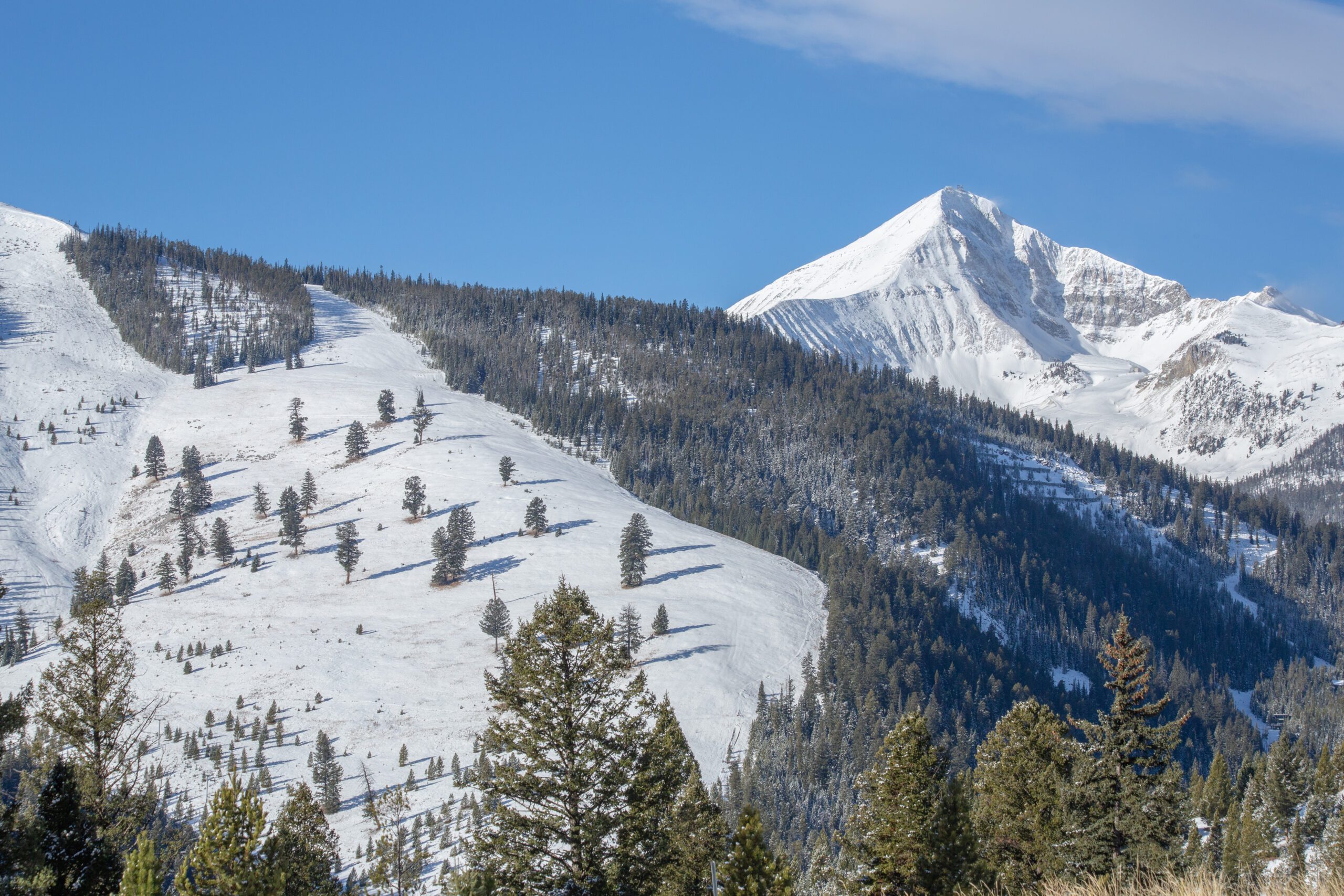
Connare predicted that snowfall this winter could be described as times of feast and famine that will fluctuate depending on the behavior of the polar vortex.
“We’re crazy to try to do long-range weather forecasting when short-range weather forecasting is inexact at best,” Connare said. But nonetheless, she believes that everybody is curious about the coming seasons, whether they be skiers, farmers, truck drivers or travelers and therefore these predictions are important.
The Almanac’s website asserts that neither they “nor any other forecasters have as yet gained sufficient insight into the mysteries of the universe to predict the weather with total accuracy.”
After observing the sun for the past 232 years, there have been 25 distinct cycles of solar storms, each lasting roughly 11 years, and Connare said that we are about to transition into the 26th. According to NASA, NOAA and the international Solar Cycle Prediction Panel, in May these solar storms “launched clouds of charged particles and magnetic fields toward Earth, creating the strongest geomagnetic storm at Earth in two decades—and possibly among the strongest displays of auroras on record in the past 500 years.”
While nobody can be certain what effect these solar cycles have on our weather, Connare said it is certain that we are about to enter into a new one and The Old Farmer’s Almanac continues to factor them into their weather predictions.
Whether it’s the editor of a 232-year-old weather prediction service, or an ambitious skier and forecaster anticipating a better ski season, these predictions always come with a grain of salt and a degree of uncertainty. And when it comes to ski seasons, only a few steps towards normalcy in Big Sky will be a great improvement after last year’s rocky conditions.







